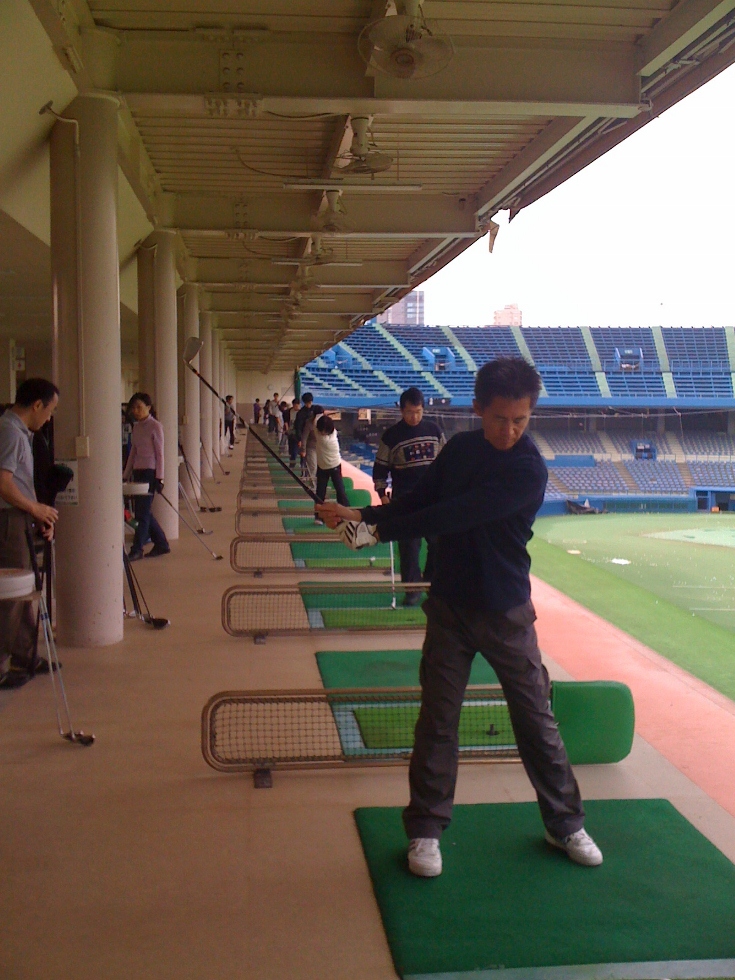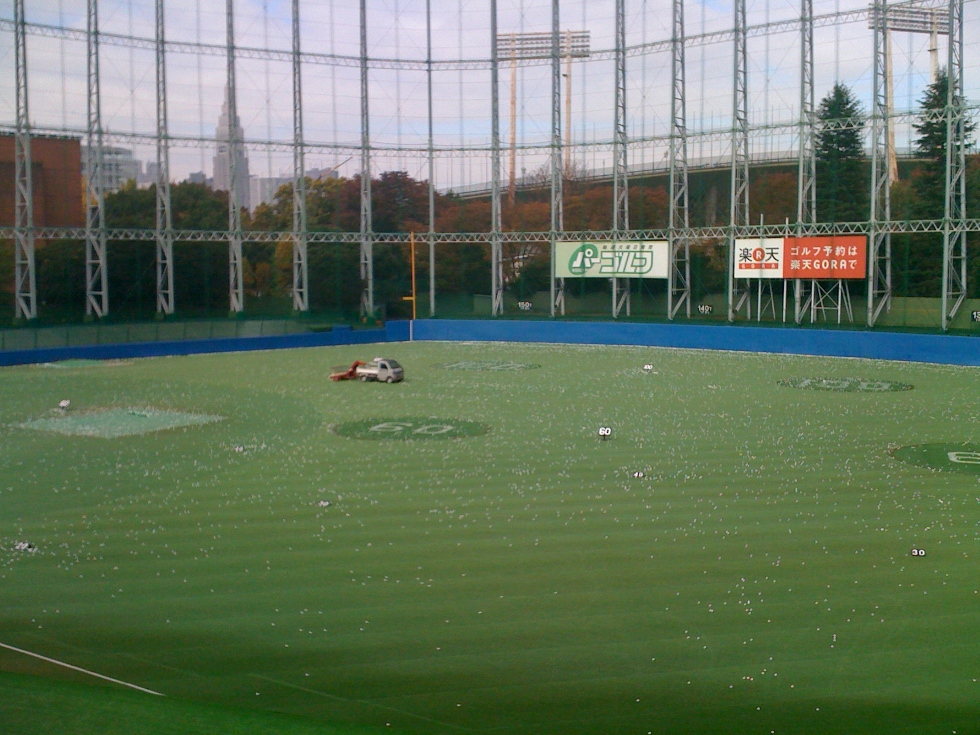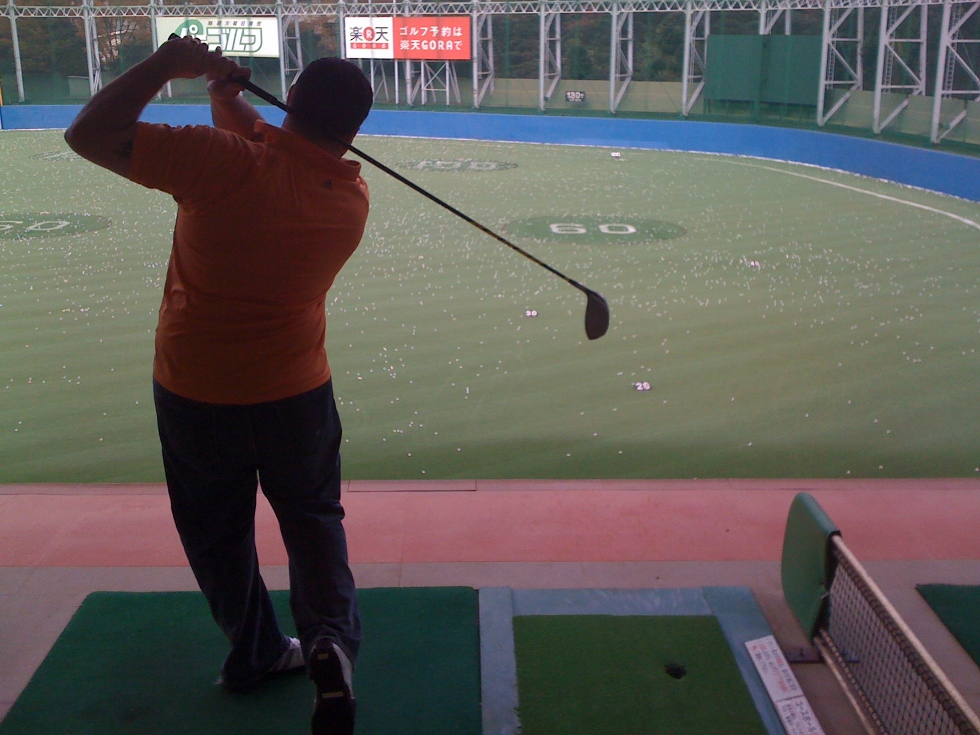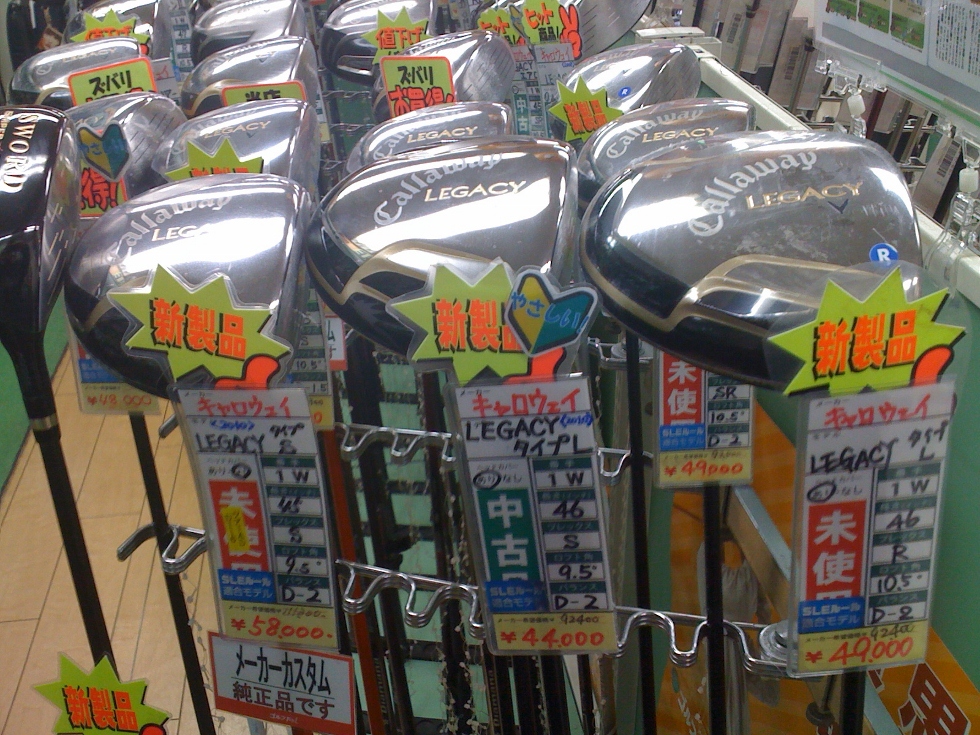 Several months before the catastrophic earthquake and subsequent tsunamis rocked Japan, I had to opportunity to spend a week in the country. On so many levels, I was impressed and really enjoyed experience of a culture so different than what I’m used to in America’s Northeast Corridor.
Several months before the catastrophic earthquake and subsequent tsunamis rocked Japan, I had to opportunity to spend a week in the country. On so many levels, I was impressed and really enjoyed experience of a culture so different than what I’m used to in America’s Northeast Corridor.
The island nation struck me as impeccably clean and orderly, especially given the massive population density of Tokyo, where I spent most of the trip. It was noticeably how polite and respectful the Japanese people were to each other and to visitors, making it very easy to explore, even while only knowing a couple phrases of the language.
I’ve held off on writing this column, knowing that sports and leisure have been on the backburner as Japan has recovered from the horrible disaster, but in recent weeks, the U.S. has lifted its travel warnings, and Tokyo is spreading the message that it’s open for business.
While I didn’t have the chance to play any rounds of golf, I did find Japan’s golf culture to be very strong, which seems to be fitting since many of the tenets of the sport run so seamlessly into the culture of this island nation. While sightseeing visits to shrines were far more moving than I could have ever imagined going into the trip, I also took the chance to see what golf is like for a typical Japanese golfer.

Driving ranges are wildly popular in Tokyo, where multi-level facilities are a big draw.
One afternoon I waited in line to hit balls at a popular driving range that was jam packed when I arrived. It was expensive (about $30 American), and it was built into the side of a baseball field that was dormant for the season, so a tall net caught balls hit past 150 yards or so.

Golfers get the range when baseball isn’t in session, meaning anything longer than a short iron will smack into a net.
Rather than a bucket of balls, not surprisingly given Japan’s love of technology, you buy a pre-loaded card and the balls rise up on a tee from under the mat. This particular range had four levels, and despite the fact it was a glorified hitting net, the line was long and the stalls were all full.

My day as a golfer in Japan was limited to banging a few drivers and taking in the atmosphere of a jammed driving range and pro shop.
Another day I wandered through several Japanese equipment shops, which weren’t hard to find. They ranged from entry-level stuff to top of the line gear, and nothing was at a discount, that’s for sure.

Many Japan-specific models of familiar brands filled the racks at Tokyo golf shops, although such standards as the Titleist 910 driver was available there weeks before hitting shelves in the U.S.
I asked some of the clerks who spoke English about buying habits and they said that like a lot of luxury goods, golf clubs were a status symbol. The same way someone might pay top dollar for a big-name purse or watch, golfers wanted Titleist, Mizuno, and all the brands their favorite pros were playing. One thing that really jumped out was just how evenly divided the stores were by gender, with women’s clubs taking up a far bigger percentage of the sales floor than you’d ever see at a Golf Galaxy in New Jersey. The same was true at the driving range, there was a strong contingent of ladies on hand.
Because I was so intrigued by this seemingly golf-crazed population, where land is so valuable that golf can be über-expensive, I reached out to Takeo Nishitani, an avid golfer and the chairman of public relations agency Weber Shandwick for some perspective and to see if my observations held true.
Ron Varrial: Japan is known as a golf-mad nation. In general terms, how would you describe golf’s popularity?
Takeo Nishitani: Golf is very popular among business executives, somewhat popular among women, not overly popular among 20s-30s but growing in popularity among younger people due to the emergence of young Ryo Ishikawa as a golf superstar. The pro men’s game suffered for years from a dearth of marketable personalities, but this changed when a teenage Ryo hit the fairways. On the other hand, the women’s game has had very popular personalities for the last 5-6 years (Ai Miyazato, et al), who have spurred significant interest among women – not as players, however, but as spectators. Men play the game, women watch the game. Few families participate due to cost, time restraints.
Twenty years ago, during Japan’s economic bubble, golf was incredibly popular among business executives and nuveau riche; corporate entertainment budgets were flush and golf’s traditional role (a day-long business meeting/relationship-development exercise) was perfect for the times. It was also prohibitively expensive – ordinary folk had to be content with the local driving range on weekends and maybe a few games every year. After the bubble burst, courses went belly up, and US banks and funds came in to buy up the bankrupt, rehabbing management and cutting green fees.
Most courses were formerly country clubs – only members could play or invite guests – but now most allow non-members to use their facilities (no need to have a member with you).
RV: What are some of the obstacles that golfers in Tokyo need to overcome in order to play the game?
TN: First is time. Golf is a “day” game: Get up at 6a.m., travel 1-2 hours, tee off at 9 a.m., lunch break at 11:30, back nine at 12:30, finish at 2:30-3:00, shower, change and coffee, then 1-2 hours on the road (traffic jams at this time) so you get home by 6p.m.
Second is price. Formerly prohibitive green fees ($350/round) have come down but first-class clubs still cost about this much; those further out from Tokyo are cheaper ($200-$250 weekends and $100-$150 weekdays) [prices include carts but not caddy fees, which run about $30-$40] Courses have cut green fees by using internet booking. Equipment is also expensive.
RV: In America, there is a large community of golfers who need the latest and greatest in golf equipment. Based on my visit, it seems that equipment is a big part of the Tokyo golf scene. Is there a feeling that having the latest and greatest is important to Japanese golfers?
TN: Yes, very much so. Japanese golfers… frequently change clubs, especially drivers (smaller bodies mean Japanese want to have the best clubs to ensure they can drive for distance). They want equipment used by the pros. Ryo uses Yonex – very popular these days. They spend a lot of money on golf clubs, especially drivers. They may spend on one driver what Americans spend on a whole set.
RV: What would you credit for golf’s popularity in Japan and Tokyo specifically?
TN: It’s an interesting game and it’s good for discussing business deals. But, also, golf’s exclusivity, which appeals to the elite/wealthy. During the bubble era, people paid up to $1 million for an annual membership; this price has now come down to $10,000.
RV: Among leisure activities in Tokyo, where would golf rank in terms of popularity and passion?
TN: Number one in passion. Japanese golfers are nothing if not passionate, given all they have to go through to get a game.

Woah, good to see we haven’t been forgotten! 🙂
Just one thing, which I believe was lost in translation: US$1mio for membership, that’s not annually, that’s lifetime. On top of that you have the yearly fees (which can range from US$300 to US$4000 depending on the status of the club).
There are not a lot of clubs who offer “yearly” memberships.
To acquire a membership at a club, you have to pay:
1º the membership itself
2º since most clubs don’t offer “new” memberships, you have to pay “transferring” fees (which are usually more expensive than the membership itself!) so that your name goes on the members’ board, on your locker, etc.
3º yearly fee
And then, down from JPY20,000 (230 bucks), the green fees will be reduced for members to around JPY8,000 ~ JPY10,000. (i.e. still pretty darn expensive)
There is a market for golf memberships and during the bubble era of the 80’s, early 90’s, people bought and sold those like they would invest in property. A LOT of people lost a ton of money when the bubble burst and membership prices went down 95%.
That Callaway driver in the photo is 58,000 yen which is $723.06 dollars!
Wow, I believe I pitched this idea a year or two ago. Good to see that Asian golf, beyond its professional aspects, is being recognised. Golf in Japan is, indeed, gaining popularity kudos to the likes of Ishikawa. As noted in the article, golf, as any hobby in Japan, is often approached with devotion and passion. During my frequent visits Golf Partner, a chain of brilliant shops selling used clubs, I’ve met with customers who have a sizeable collection of Scotty Cameron putters, for example, while others may carry around up to five drivers. Despite the fact that golf for many Japanese doesn’t go beyond the driving range, the courses in Japan, to my experience, pose a stern challenge – and a great experience – for the avid golfer. Green fees, also to my experience, are very affordable – and nothing beats an opportunity to enjoy a genuine onsen after a round of golf.
@Aleski woah, you find green fees affordable? I’d love to know where you play, because all around Tokyo, the cheapest you can get during the week-end is 12,000 yen in the off-season. The average is closer to 16,000 yen, and during cherry blossom season it’s closer to 20,000yen.
Sure, weekdays are usually 40 to 50% less expensive but it’s much more difficult for me to take days off during the work week!
Played a lot in Ibaraki and Tochigi, it’s a drive from Tokyo, but within my limits. Green fees seem to start from YEN5,000, most I’ve ever paid is 8,200, if my memory serves me right.
Certainly not on week-ends I take it. Lucky you, being able to play during the work week…
Even in weekends, the courses there should be significantly cheaper than the one’s crammed in the peripheries of Tokyo. Some Tokyoites with less flexible working hours that make their trips mostly during the weekends, the main motivation still being more affordable green fees.